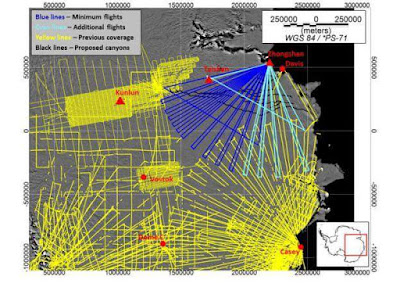Bloody sunday

Nowadays, Bloody Sunday refers to an incident in 1972 when British soldiers opened fire on unarmed civilians in Northern Ireland. But before this, Bloody Sunday chiefly referred to the riot of January 22, 1905, that acted as one of the triggers of the Russian Revolution. With the serf emancipation of 1861 came a new working class that was part of Russia’s industrialization. After abuse in the form of dangerous working conditions, long hours, and low wages, the new working class went on strike. On January 22, they staged a massive protest with anywhere from 3,000 to 50,000 participants, depending on the source. It was meant to be a peaceful demonstration—protesters would march on the Tsar’s Winter Palace in Saint Petersburg and deliver their petition. However, the army opened fire without provocation and killed between 100 (official sources) and 4,000 people (anti-government sources). Among the victims was the leader of the movement, father Georgy Gapon. As a direct r...





